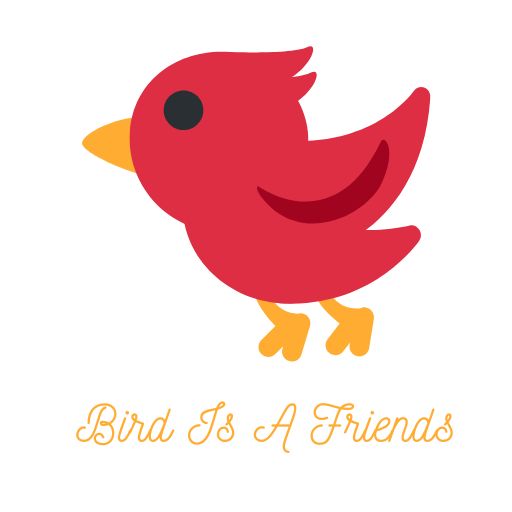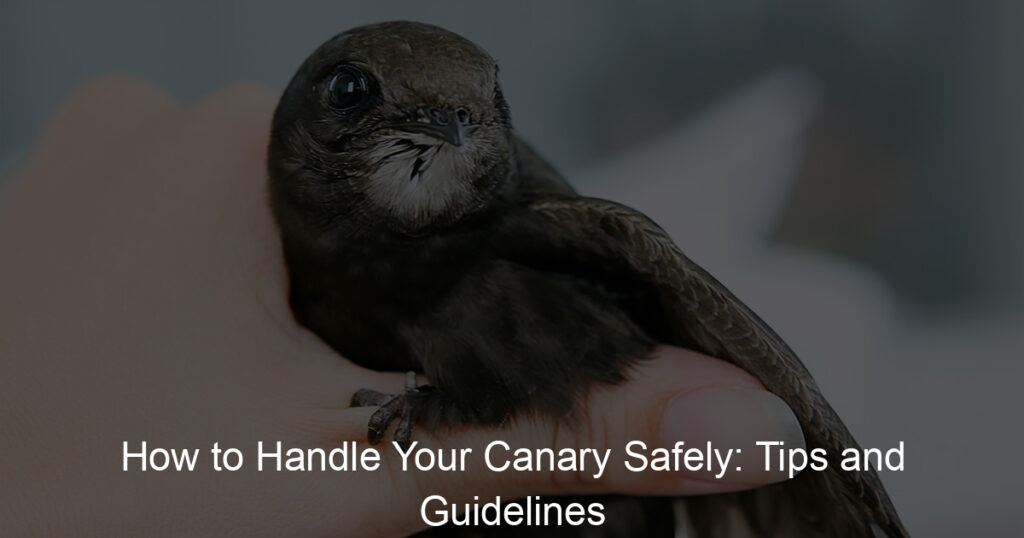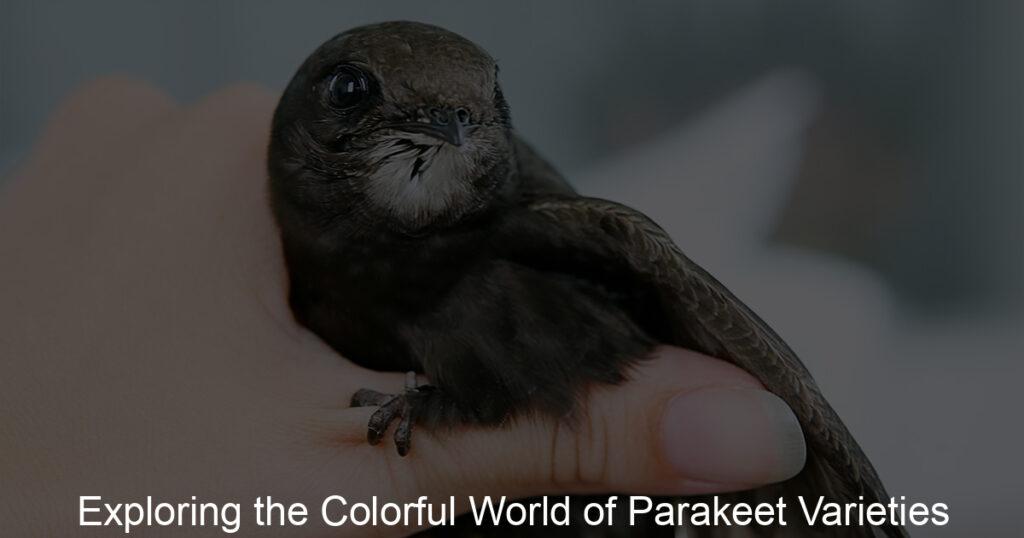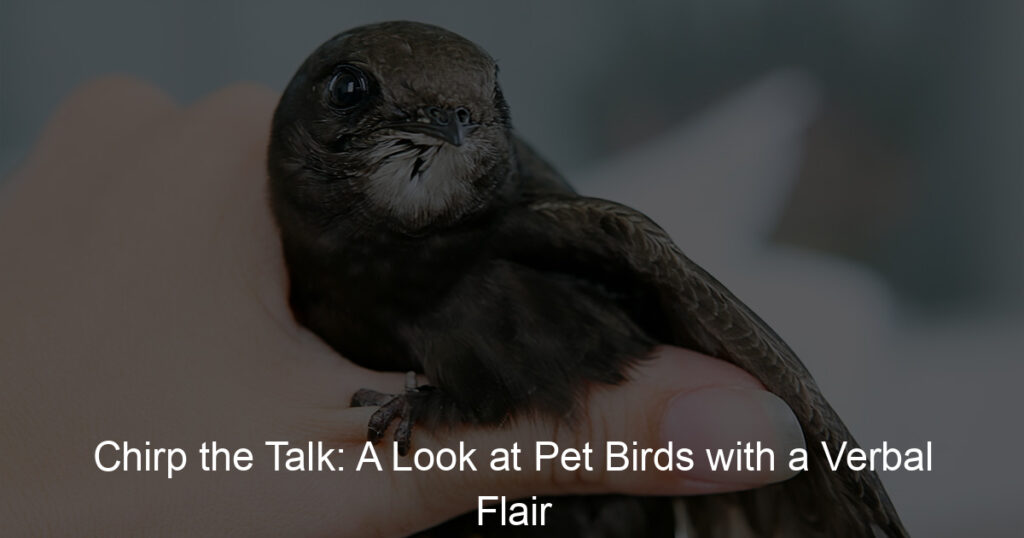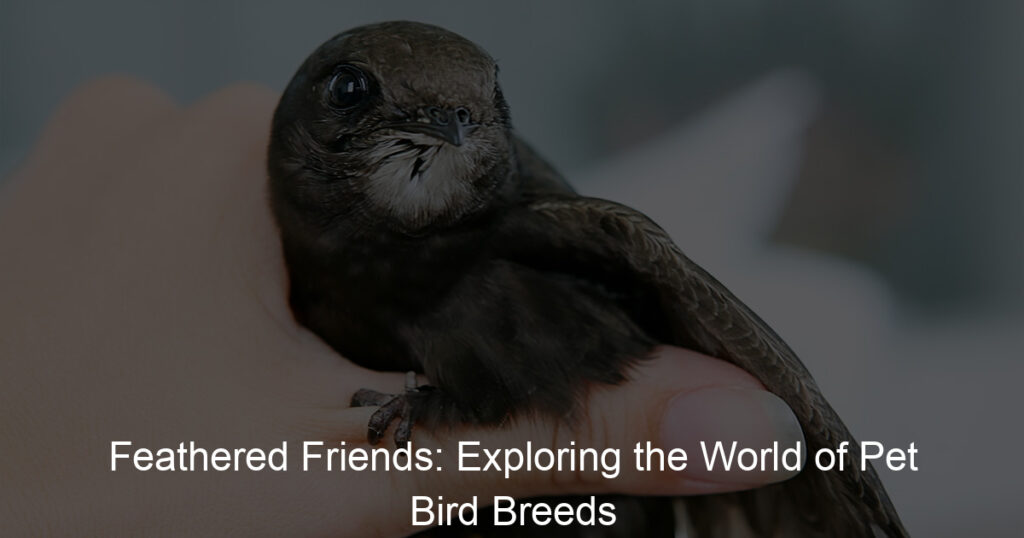Are you a proud canary pet owner? It’s an amazing experience to watch these tiny birds flitter around, singing their beautiful melody. But it’s also important to remember that taking care of your feathered friend requires certain know-how and safety measures — after all, where there is love there should be protection.
So for any budding canary owners looking for tips on how best to handle this precious creature, we are here with some essential guidelines on how safely – and happily – bring out the best in your birdie!
- Always wear gloves when handling your canary: Gloves are a must for any bird lover, as it helps to protect both you and the bird from potential illnesses or injuries that could be caused by contact between your skin and the feathers of your pet.
- Support the canary’s body and wings when lifting: When gently lifting your bird out of the cage, try to support its body and wings as much as possible. Never pick up a canary with just one hand – it could cause serious injury if they were to slip or flutter away!
- Introduce the canary slowly to new environments: If you are taking your canary to a new home or location, make sure that you give them time to adjust. Introduce it slowly and carefully by providing perches and toys that are familiar to the bird in its new enclosure.
- Never let your canary near open windows: The canaries have delicate wings and can easily be hurt if they fly into an open window. Ensure that all windows in the area where your bird is kept are securely closed before taking it out of its cage.
- Make sure other animals are not present when handling: It is important to take safety precautions and ensure that there are no other animals in the vicinity while you are handling your pet canary. This will help to avoid any potential harm from other animals, such as cats or dogs.
How do you handle a canary?
Canaries are delicate and beautiful birds that need extra care and attention. First and foremost, requires a large cage with rounded edges since they are known to injure themselves on sharp edges.
The cage should also be tall enough for them to fly around freely and should include perches, water dishes, along with toys to keep them entertained. Canaries do better in pairs but it’s important to remember not to overcrowd the cage.
Plus, regular cleaning is essential for both the bird’s health and longevity as well as keeping any illnesses at bay. Lastly, proper nutrition is key when it comes to caring for canary birds; fresh fruits and vegetables along with their special birdseed formulation a long way toward keeping them healthy and vocal!
What do canaries need from their owners?
Canaries require attentive owners to ensure they stay healthy and happy. They need a quality diet that includes nutritious fruits, vegetables, seeds, and pellets.
A healthier diet will help the canary develop vibrant feathers and its true singing voice. A larger cage is better because it allows the canary plenty of room to fly around and explore its environment. Toys, such as mirrors and swings, should also be provided so they can amuse themselves during days when it’s not in their owner’s presence.
Cleaning the birdcage at least once a week is also essential for keeping the environment comfortable for the bird. The more attention an owner gives to their canary, the longer and happier life it’s likely to have.
Can canaries be hand tamed?
Canaries are delightful birds that draw attention with their bright colors and melodic sounds. They make wonderful avian companions – but did you know that they can also be tamed to be hand-held?
Taming a canary isn’t as complicated or time-consuming as you may think. Dedicating just a bit of time and forming consistent habits each day, such as reassuring the bird of your presence, will help your feathered friend learn to become comfortable with human interaction.
Plus, having a hand-tamed canary is an incredibly rewarding experience – being able to have your canary happily perched on your finger or nestling in the crook of your elbow is quite unforgettable!
How sensitive are canaries?
Canaries can be surprisingly delicate creatures in some ways. While they are hardy enough to survive a range of environments, they are also more sensitive than one might expect. For example, some individuals can become scared and anxious when their cage is moved or when their caretaker brings a new friend into the home.
Additionally, canaries require fresh produce and clean water each day as well as calm conditions too to remain healthy. Since they have very sensitive systems, sudden changes to food or the environment cause them stress and irritation. Bird owners need to pay attention to their pet’s needs and preferences if they want them to remain healthy and contented.
How do you get your canary to trust you?
Building trust is an integral part of forming a valuable bond with your canary, especially if you want them to feel comfortable and safe in their new home. The first step towards gaining your bird’s trust is offering consistency and familiarity, through routine care such as providing fresh seeds, water, and interaction at the same time each day.
Additionally, getting your bird used to being touched or coaxing it closer with special treats like millet spray or sunflower seeds will help it become more confident and secure with you. With enough patience, you’ ‘ll be able to create a trusting relationship with your canary that both of you will appreciate for many years.
What not to do with canaries?
With so many pet bird options, it’s no wonder why canaries remain a top pick & dish; they’re cheerful, easy to take care of, and make great companions. That said, there are a few important things that you should never do with your beloved canary.
Don’t leave them in a drafty room or near an open window; the cold air could cause serious health problems. You should also never keep your bird outside full time – while they enjoy the fresh air, their cage needs to be kept indoors and protected from wind, rain,n, and other elements.
Lastly, feed them fresh food, and avoid giving them unhealthy treats like processed sugars and sweets; instead offer fresh fruit pieces as a special treat now and then for optimal health. Making sure your feathered friend is taken care of and happy should always be your number one priority!
What are the tips for a canary bird?
Taking care of a canary bird can be rewarding, however, this type of pet requires some special attention. To keep your feathered friend content, you should give it plenty of sunlight and fresh air each day.
Additionally, make sure to feed your lovely canary a healthy diet consisting of seed mixtures that offer all the important vitamins and minerals. Clean its water bowl frequently so that your canary remains hydrated and maintains its cage regularly for cleanliness.
It is also important to interact with your feathered pal daily since birds need mental stimulation as well. Lastly, don’t forget to provide enough rest per day – usually 12 hours – so that your canary can stay in perfect health!
What do canaries need from their owners?
Canaries make excellent companions, but they require more than just a home and food. Regular interaction with their owners is essential – they need to be socialized so that they remain happy and healthy.
Additionally, they need an appropriate diet consisting of a mix of high-quality seeds, nuts, vegetables, fruits, and fortified canary seed mixes. Canaries will also benefit from adequate access to fresh water, as well as an area to bathe – such as a shallow bowl with warm water.
Lastly, for their mental well-being, canaries require plenty of stimulating activity and toys – if possible rotate them often to keep them from getting bored! With the proper care and attention from their owner,s canaries are long-lived birds and can provide many years of pleasure.
How do I talk to my canary?
Talking to your canary is a great way to communicate with your feathered friend, and there are several easy steps you can take to ensure your conversations are pleasant. One of the most important things to remember when talking to a canary is to use a casual, low-pitched tone of voice.
Your words should be gentle and encouraging – like you would if you were speaking with a close friend. Additionally, it’s crucial that your canary feels safe while being talked to, so be sure you never move quickly toward them or raise your voice in an intimidating manner. With the right approach, you’ll soon be having meaningful conversations with your pet!
Conclusion
When dealing with canaries, safety should always be the number one priority. Do your research to make sure the canary cage is an appropriate size, and check the bars for any sharp edges that may harm the bird.
Make sure you choose a safe location that’s away from any other pets or potential dangers. Feed them plenty of healthy treats, keep their environment clean,n and give them plenty of love and affection.
With these tips as well as understanding common canary illnesses and how to treat them, your pet bird can have a long and happy life. The reward of seeing your feathered friend fluttering around will easily surpass all the effort you put in! So don’t wait – get out there, find the perfect pe,t, and enjoy the many joys that only owning a canary can bring!
